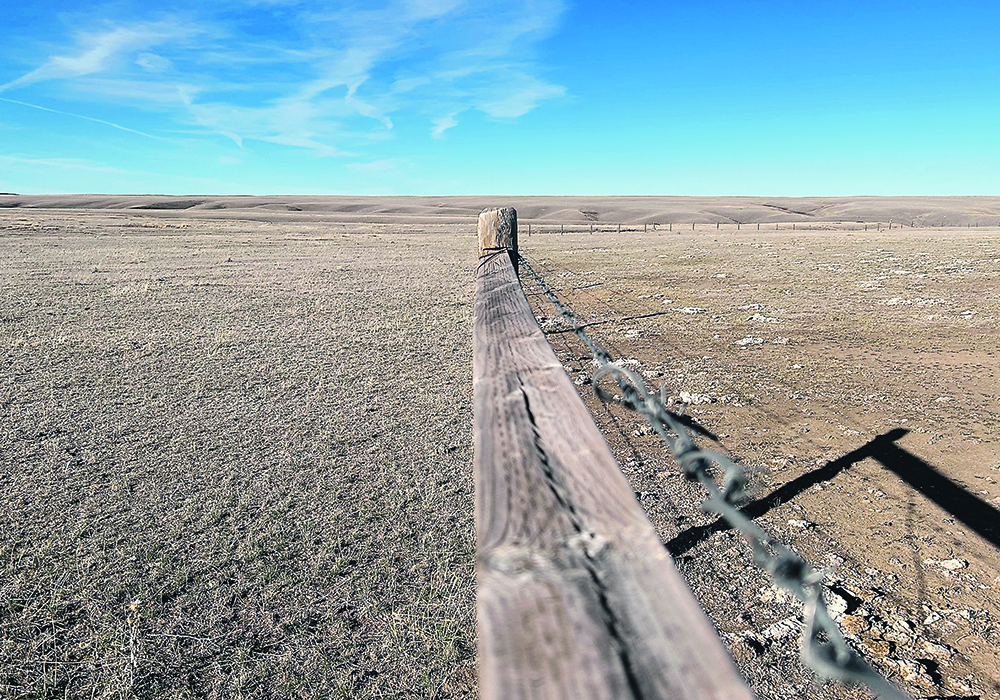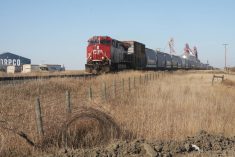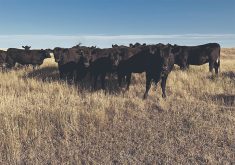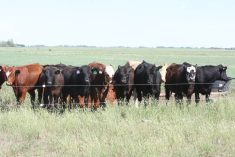Program insures pastures when precipitation is 80 percent of normal during drought years, but few ranchers participate
There are a lot of misconceptions about the Forage Rainfall Insurance Program, an official with the Saskatchewan Crop Insurance Corp. said recently.
She attributes this to the program being around for decades and changing over time.
“Some people who were participating in the program 25 years ago and have given up on it because they felt it wasn’t reflective of their area don’t realize that there’s been quite a few changes that have been made over the years,” Jodie Griffin said while presenting at the Saskatchewan Beef Industry Conference.
Read Also
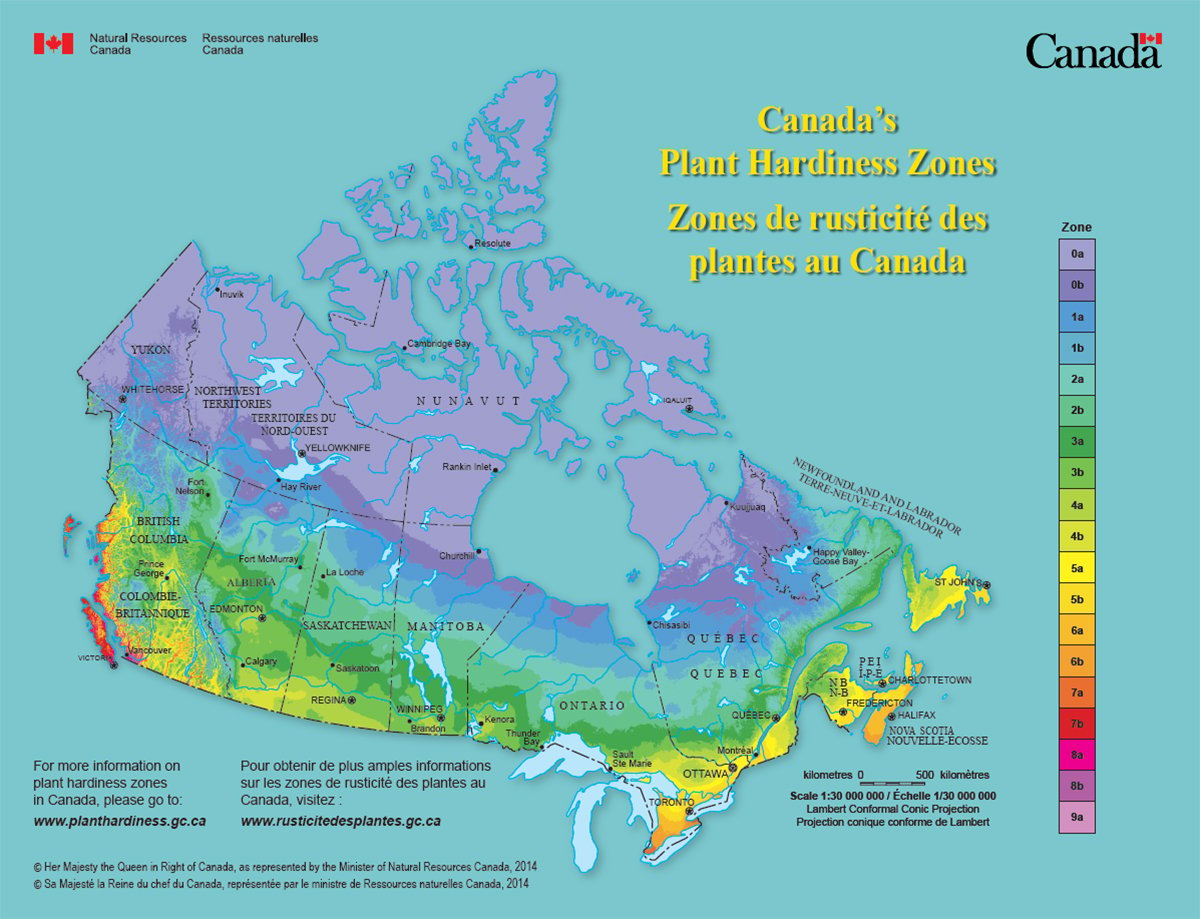
Canada’s plant hardiness zones receive update
The latest update to Canada’s plant hardiness zones and plant hardiness maps was released this summer.
“And we still continue to try to be open, and open to suggestions to change.”
FRIP ensures native or tame acres of land used for hay or grazing are insured in case of drought years.
SCIC’s website says a claim is triggered when the precipitation is below 80 percent of normal, and 2.5 percent of liability will be paid for each percentage below 80 percent.
Griffin said this is an especially important resource considering much of Saskatchewan has been dealing with drought since 2020. According to Agriculture Canada, the majority of the Prairies are still experiencing drought, with southwestern Saskatchewan in extreme drought as of Dec. 31, 2023.
Griffin said participation in FRIP in 2023 was less than 20 percent of the insurable grazing acres.
Of that 20 percent, 90 percent received a payment.
“That program paid out just over $60 million to less than 20 percent of the available acres that could have been insured,” Griffin said.
“Do you know how many millions and millions and millions of dollars got left on the table because of no participation?”
SCIC has placed 186 weather stations across Saskatchewan to find out if a producer’s land insured under FRIP is eligible for a claim. Griffin said there should be a weather station within 50 to 55 kilometres of every land type record location.
Griffin said the program is customizable to a producer and their operation’s needs.
“We give you more than one option of coverage to select from,” she said.
“You go to the soil zone of the area that you’re in and you will have three levels of coverage to select from, which is obviously going to have three different varying premiums attached. So it’s there to be customized for you to be able to be affordable and fit into your risk management strategy.”
Griffin said there are gaps in where the weather stations are located, but SCIC hopes to address them soon.
She acknowledged that weather can change across short distances and a weather station could receive more rain than does a producer’s land but stressed that this type of insurance program is still important.
“We also know when we get into dire straits situations, such as 2023, we do reap the benefit of what this program can do for us,” Griffin said.
The deadline to apply for FRIP is March 31. Griffin said pricing has not been released yet but will be coming soon.


